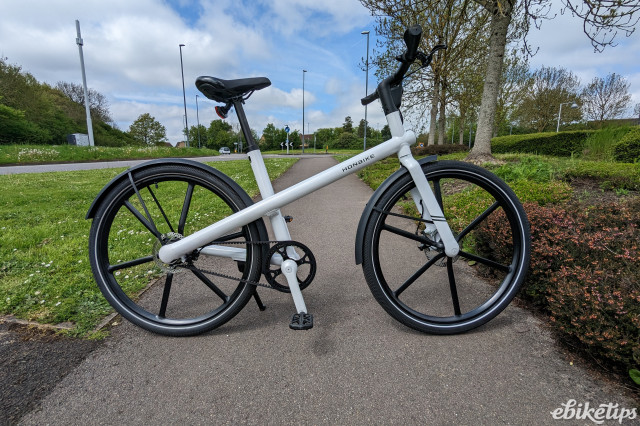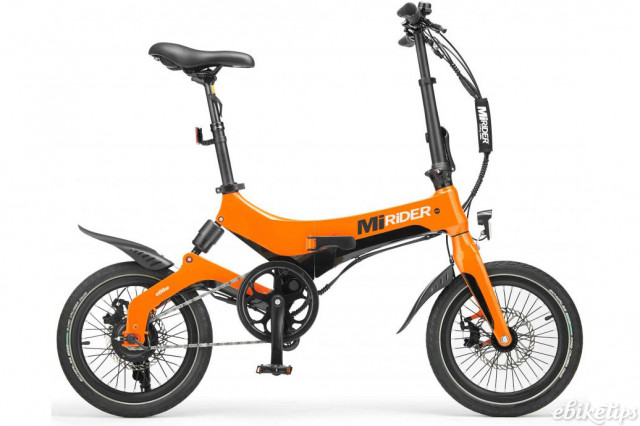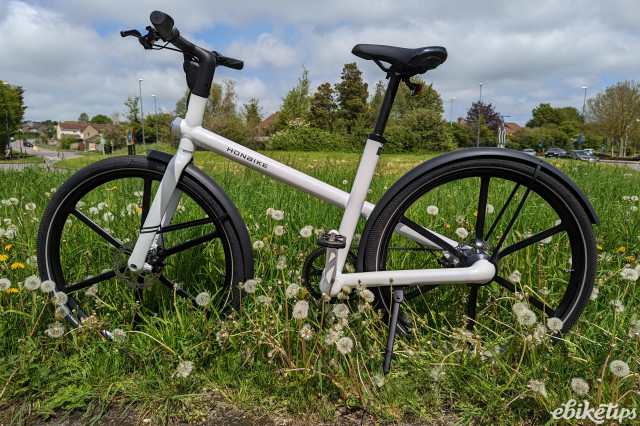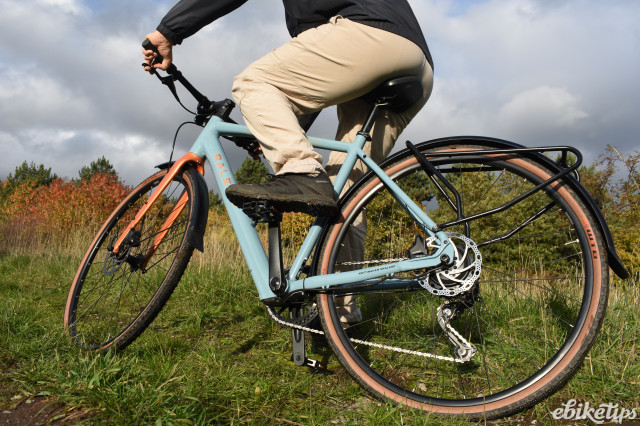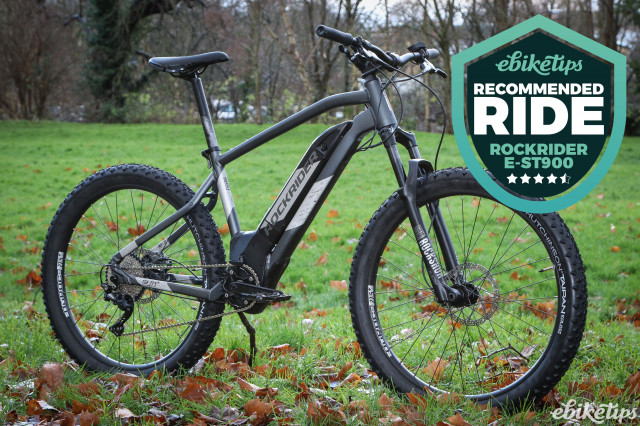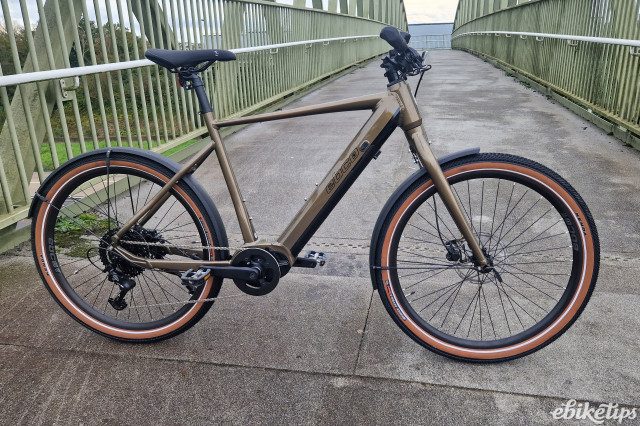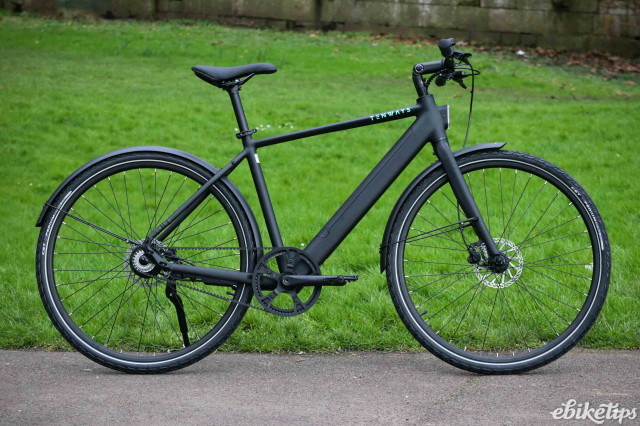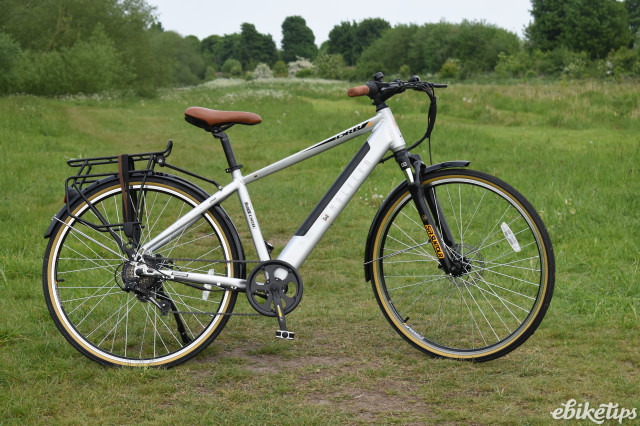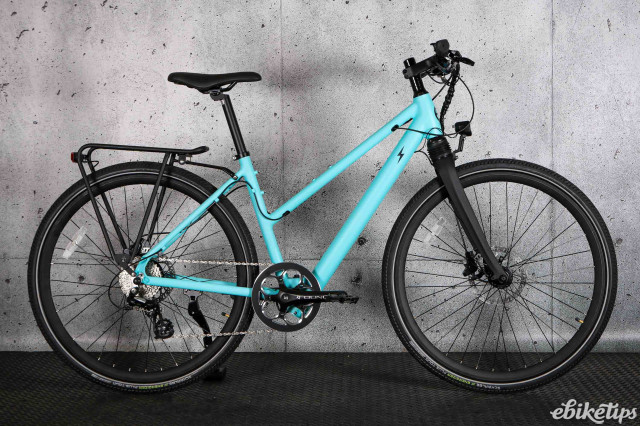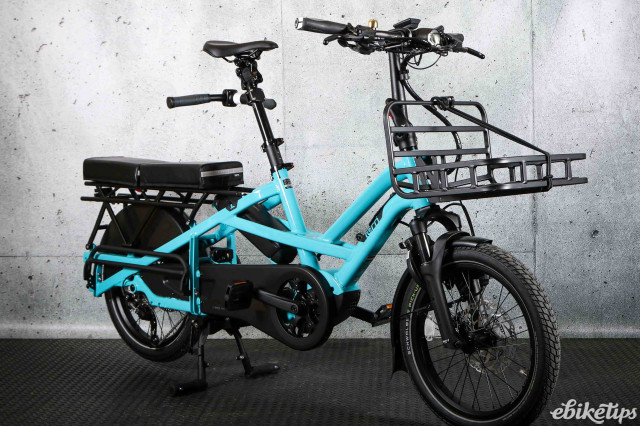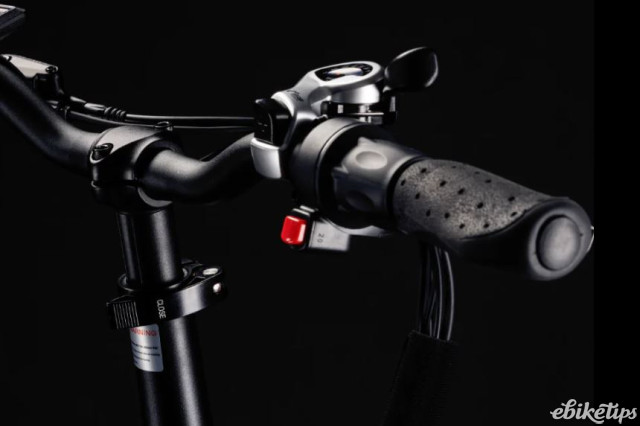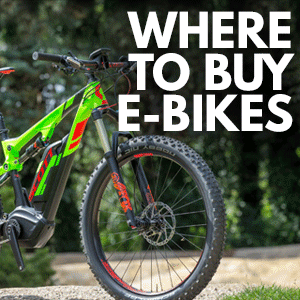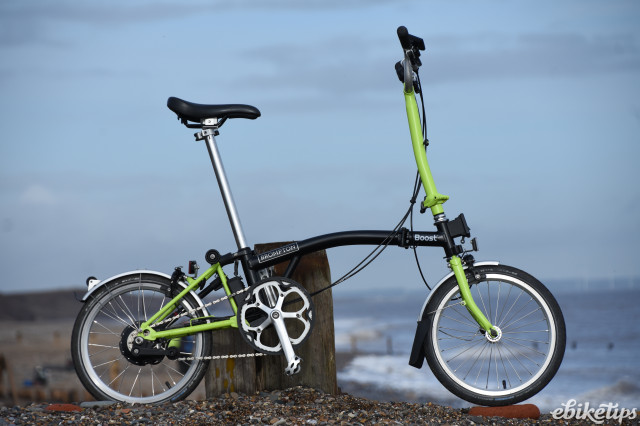With the cost of living still high and bikes and components costing more than ever before, a lot of people are placing great emphasis on value and longevity when buying an e-bike. This means that for many, the under £2,000 price bracket represents a bit of a sweet spot with a significant step up in quality compared to the kinds of e-bike you'll find for under £1,000.
For e-bikes under £2,000, you’re mostly looking at hub-drive motors. And while you'll find lots of folding bikes, more and more brands are producing flat bar style hybrids and commuters too.
Drop bars and mid-drive motors usually come at a premium, but we do have a few in this list. If you’re chiefly after a hard-wearing commuter or something that will comfortably get you from A to B, the e-bikes below will do you well.
Best electric bikes under £2,000
- Best folding e-bike under £2,000 – MiRider One | Buy for £1,595 from MiRider
- Best urban e-bike under £2,000 – Honbike Uni4 | Buy for £1,399 from Amazon
- Best electric hybrid under £2,000 – Raleigh Trace | Buy for £1,799 from Raleigh
- Best eMTB under £2,000 – Decathlon Rockrider E-ST900 | Buy for £1,699 from Decathlon
- Best of the rest
- FAQs
How we chose
Best folding e-bike under £2,000: MiRider One - £1,595
The funky look and a single-speed drivetrain define this e-folder. It’s not the lightest at a claimed 17.3kg but it’s easy enough to get in and out of a car boot – and we’ve put that to the test in a tiny hatchback. It’s also really nippy thanks to a powerful rear hub motor.
The MiRider One is intuitive to use and quick to fold and the latest model offers increased efficiency and range on its predecessor - the 252Wh battery is bigger than the 187Wh which we reviewed, but perhaps still a little smaller than you’d ideally like. It’s great value though, and comes in plenty of colour options so you can let your personality shine through.
For more detail, read our review of the MiRider One.
Best urban e-bike under £2,000: Honbike Uni4 - £1,749
The Honbike Uni4 is another distinctive urban e-bike, this time with no downtube, and very few spokes. The asymmetric frame isn’t all this bike has going for it however, as a range of up to 50 miles means it’s ideal as a commuter bike that you won’t need to charge every day after work.
A 250W rear hub motor helps to propel the bike, while a belt drive keeps everything neat and tidy – which is surely a must if you’re buying a white bike. It’s certainly a head turner, and great value for what you get.
For more details, read our review of the Honbike Uni4.
Best electric hybrid under £2,000: Raleigh Trace - £1,799
OK so technically, it’s usually a smidge over £2k, but it seems to have been on an almost permanent discount to £1,799 since earlier this year – which feels like enough for it to be eligible for a sub-£2k list. It’s also Raleigh’s lightest e-bike yet.
An urban do-it-all bike, it's a commuter, an urban runaround, or a leisure bike ready for some weekend miles. It uses Mahle’s Smartbike Systems X35+ rear hub motor, offering smooth support and is paired with a 250Wh battery. There’s also plenty of frame mounting for bags, as well as mudguards, a rear rack and built-in lights.
For more detail, read our review of the Raleigh Trace.
Best electric mountain bike under £2,000: Decathlon Rockrider E-ST900 - £1,999
Fun to ride and capable enough over fairly technical terrain, the Rockrider is a real winner in our eyes. The Brose mid-motor is exceptional given the price tag, while a wide range of assistance levels and a 500Wh battery means you should be able to get a proper long ride out of it.
With 70Nm of torque on offer, it’ll provide more than enough kick for you to tackle the trails. So if you enjoy getting out and about off-road and you’re happy enough with more traditional mountain bike geometry, you really need look no further. It’s also currently on offer, with £300 off the original price.
For more detail, read our review of the Decathlon Rockrider E-ST900.
Best of the rest
Ebco Adventure 3R - £1,999
It’s right at the top end of our budget for this article, but you won’t find much better in terms of electric ‘adventure’ bikes at this price point. The Ebco Adventure 3R even uses a mid-drive motor, which is pretty rare for a bike under £2k. It’s a Bafang M200 and it comes with a 417Wh battery and Tektro groupset.
Our reviewer felt the gearing took a little getting used to, but the comfortable, relaxed ride combined with confidence inspired handling makes the Ebco Adventure 3R a valuable off-road and on-road e-bike.
For more detail, read our review of the Ebco Adventure 3R.
Tenways CGO600 Pro - £1,799
The Mivice motor accelerates well from standing, and it’s pretty quiet, too. Perhaps best suited as an urban runaround or commuter, our reviewer suggested one charge a week in those circumstances would be enough to keep the battery happy.
For more detail, read our review of the Tenways CGO600 Pro.
Dallingridge Malvern - £1,349
The Malvern is affordable bike brand Dallingridge’s take on an e-trekker. It comes with a Far Eastern geared rear hub motor with a 12-magnet cadence sensor, cable-operated disc brakes and a 6-speed Shimano groupset. It’s designed for riders who want a slightly sporty riding position, and is available in one frame size: 18”.
Our reviewer tested the bike over hilly countryside terrain and found the motor system performed nicely, even making it up a 20% incline with ease despite about 12kg of tools on the back. A nice trekking or urban package at a decent price, the Malvern is hard not to recommend.
For more detail, read our review of the Dallingridge Malvern.
Estarli E28.8 Pro - £1,650
The E28.8 Pro has a more classic style frame, but those looking for an easy-access lower top tube can look at the Trapez model (pictured above). It also uses a rear hub motor and has an integrated 375Wh battery. The ‘pro’ package means there are mudguards, but if you want a rear rack that will cost £35 extra – which isn’t really a great deal more for something so useful.
Our reviewer managed between 30-40 miles in a charge, taking in 1,300ft of climbing. There’s also an interesting handlebar integrated dash which allows riders to visualise their ride metrics. It’s a great, no frills electric hybrid and offers excellent value.
For more detail, read our review of the Estarli E28.8 Trapez Pro.
FAQs
What type of motor is most common on electric bikes under £2,000?
Most of the bikes on this list use rear hub driven motors as they are generally cheaper to manufacture and easy to install – brands don’t necessarily need to redesign their bike frames around them.
While there are some with mid-drive motors on our list, like the Decathlon Rockrider E-ST900, you’re unlikely to find big-brands like Bosch on any bikes in this price bracket. If you want to learn more about motors, have a look at our guide to the best electric bike motors which goes into some of the ins and outs affecting performance.
How much range can I get on an electric bike under £2,000?
Quite obviously, more range is better – but then more range tends to mean a bigger and more expensive battery, so it’s not quite that simple. If you’re only pootling around doing short trips, a huge, expensive battery probably isn’t going to be doing much for you.
Range is probably the hardest thing to compare when you’re looking at different bikes because it will depend on your own effort, the level of assistance you select, the terrain you ride and how fast you go. The combined weight of you and the bike will also have an impact.
All of this means that the manufacturer’s stated range is woolly and often a bit of a best-case scenario. Battery capacity – as measured in Wh – may well be a more useful number to look at. Either way, range typically works out somewhere between 25 and 75 miles.
How we review e-bikes
A lot of work goes into testing e-bikes thoroughly. Our reviewers ride each bike for at least a month before writing up their findings and coming up with final verdicts.
Every bike we review is assessed thoroughly based on its suitability for the intended discipline and riding style. A lot of focus is of course on the motor and battery, but we pay attention to all the component choices from wheels and tyres to the drivetrain and finishing kit.
We also compare the bike to its main rivals – if there is a similar bike with better spec and a lower price, we'll take this into account.
Why you can trust us
E-bikes recommended in ebiketips' buyer's guides will almost always be those we've reviewed in full, or which are rated highly by multiple members of the team.
We've reviewed literally hundreds of e-bikes over the years, and the bikes you'll find in this guide will all have scored 8/10 or more to have been considered for inclusion. Whatever the brand, whatever the marketing claims, if the bike hasn't performed, it isn't listed here.
All of our reviewers and buyer's guide writers are experienced e-bikers. You can therefore be sure we've carefully considered our selections, while the advice you'll find below is based on our real-world experience.
If you're new to e-bikes, you might want to take a look at our beginner's guide to buying an e-bike. Our overall guide to the best electric bikes may also be of interest if you're not yet quite sure what type of electric bike you're after.
